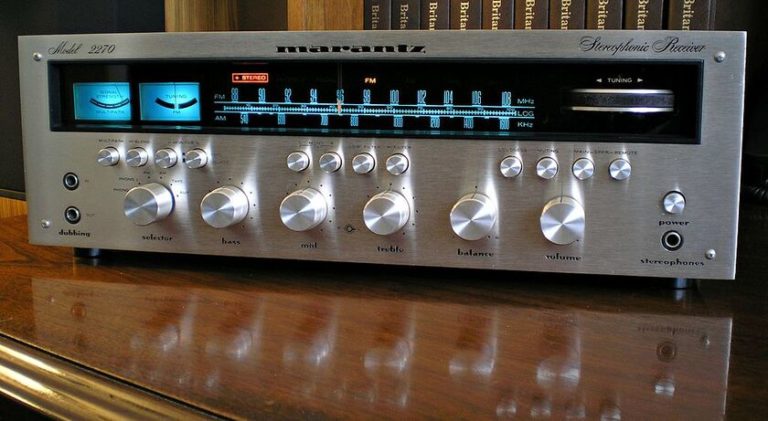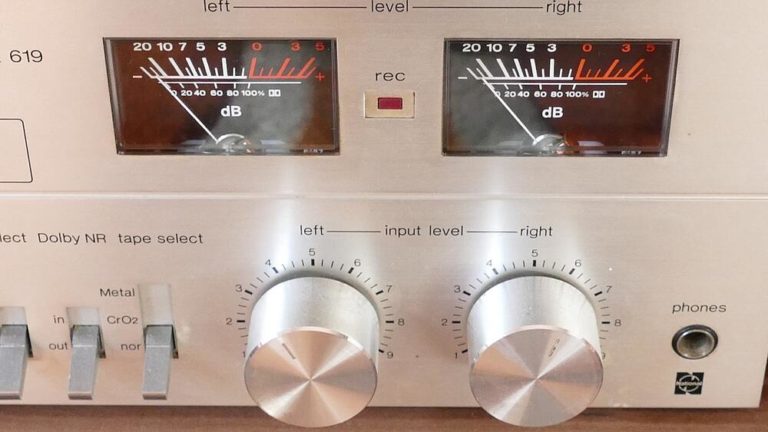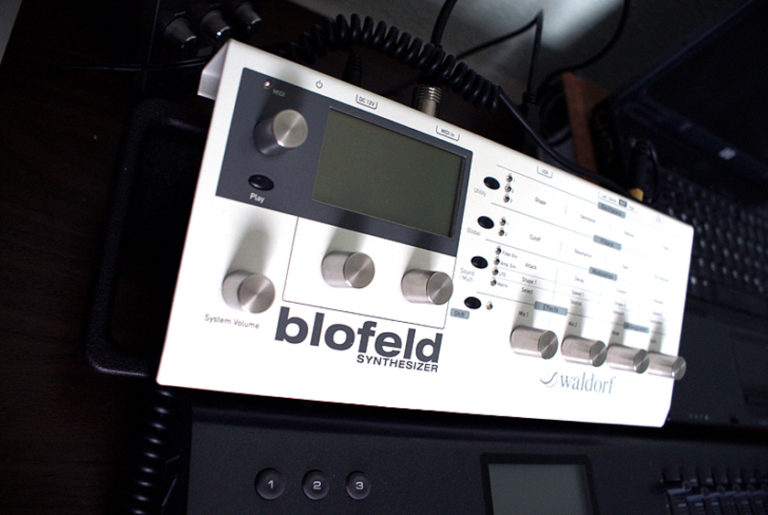The Historical Evolution of Audiophilia: A Journey Through Time
Audiophilia, the dedicated pursuit of high-fidelity sound reproduction, has shaped the way we experience and appreciate music. Over the decades, this passion has driven innovation, evolution, and a deeper understanding of sound. Let’s explore the historical timeline of audiophilia to appreciate its transformative journey.
The Roots: Early 20th Century Phonographs
The Gramophone and Cylinder Phonographs
Our story begins in the early 20th century with the invention of the phonograph. Thomas Edison’s cylinder phonograph, introduced in the late 19th century, used a mechanically amplified system. However, by the early 20th century, Emile Berliner’s gramophone, which used flat discs instead of cylinders, became the dominant technology. These devices were the earliest representations of the quest for audio clarity, even if they were primitive by today’s standards.
Electrical Recordings
By the mid-1920s, electrical recordings, which used microphones and amplification systems, replaced the older acoustic method which relied on mechanical means to capture and reproduce sound. This evolution in recording improved frequency response and amplitude range, leading to clearer and more detailed playback.
The Mid-century Boom: Rise of Hi-Fi
Birth of the Hi-Fi System
Post World War II, technological advancements and innovations paved the way for the birth of the Hi-Fi (High Fidelity) era. Hi-Fi systems, by definition, provided a clearer and more accurate sound reproduction compared to their predecessors. Turntables with better styluses, amplifiers with lower distortion, and speakers capable of a broader range of frequencies became more commonplace.
Stereophonic Sound
The 1950s brought another milestone – stereophonic sound. Prior to stereo, most recordings were monophonic, meaning they had a single audio channel. Stereophonic sound utilized two separate channels, creating a sense of spatial dimension and depth that closely mimicked a live musical experience.
The 1970s: Audiophilia Goes Mainstream
Rise of the Album
The 1970s was marked by the rise of the album as an art form, particularly in rock and pop music. Artists became more experimental, and the quality of recordings saw significant improvement. This led to a surge in the consumer pursuit of high-quality sound systems to enjoy these richly produced albums.
The Advent of the Walkman
While purists might argue that Sony’s Walkman wasn’t necessarily a hallmark of high-fidelity sound, its introduction in 1979 changed the listening habits of an entire generation. Portability and personal listening became a trend, indicating that quality sound was no longer confined to stationary home systems.
The Digital Age: CDs and Beyond
Compact Discs (CDs)
Introduced in the 1980s, CDs marked the shift from analog to digital sound reproduction. Offering a cleaner sound without the crackles or pops associated with vinyl, CDs became the standard for audio playback by the 1990s. While some audiophiles bemoaned the loss of the ‘warmth’ inherent in vinyl, the precision and durability of CDs was undeniable.
High-Definition Audio
As technology continued to advance, the 2000s saw the rise of high-definition audio formats like SACD and DVD-Audio. These formats aimed to deliver an even more detailed and accurate sound than traditional CDs.
Streaming and Lossless Audio
The 2010s further transformed the audio landscape with the advent of streaming services. While early streaming often compromised quality for convenience, services soon began offering lossless and high-resolution streaming options, catering to audiophiles and casual listeners alike.
The Vinyl Revival and the Modern Audiophile
In a surprising turn, the 21st century witnessed a resurgence in vinyl records. Audiophiles and new enthusiasts argued for vinyl’s unparalleled warmth and depth. Modern turntables, with advanced features and precision engineering, brought the best out of these old records.
Moreover, the current era has also seen a fusion of vintage and modern. Tube amplifiers from the mid-20th century paired with contemporary speakers, digital-to-analog converters feeding signals to classic stereo systems, and the pursuit of the best headphones for personal listening are all testament to the evolving nature of audiophilia.
Conclusion
Audiophilia is not just about equipment or formats; it’s a testament to humanity’s enduring love affair with music. It’s about the pursuit of a sound so clear and true that it transports the listener to another place or time. From the early phonographs to the streaming platforms of today, our desire for high-fidelity sound has driven innovations and trends, each era contributing to the rich tapestry of audio evolution. As we continue to push the boundaries of sound reproduction, one thing remains certain: the journey of audiophilia is far from over.








One Comment
Comments are closed.